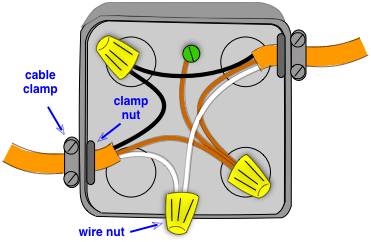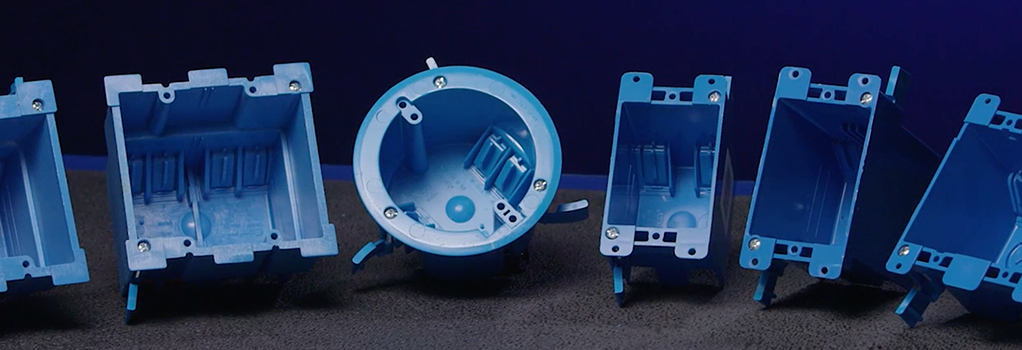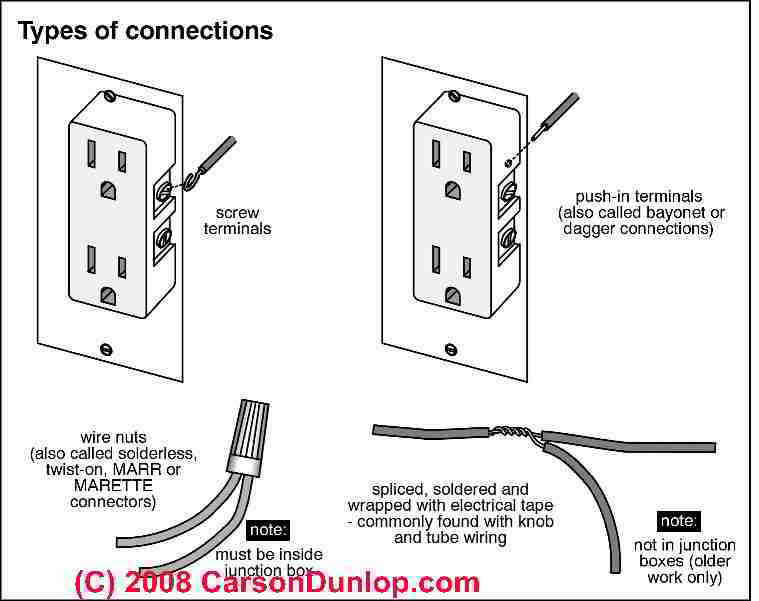Among the building electrical wiring connectors discussed in this article this is the only wiring device that is permitted for use outside of electrical boxes as we elaborate below.
Splicing romex in attic junction box required.
However the accessibility requirements do not prohibit you from installing a junction box in the attic.
I m moving that up a bit.
A common solution to accessibility problem is to have the box open to the underlying room s ceiling.
An attic that is accessible which is defined by the nec as having a permanently installed stair or ladder in place must have protection for any cables that run across the top of the attic floor joists or within 7 feet where they run across the face of rafters or studs.
How to properly install a junction box in an attic.
Electrical junction boxes must have a blank cover installed.
Romex splice kits are plug type devices that are designed to permit tapping and splicing of non metallic electrical wire nmc or romex wire outside of an electrical box.
Electrical wiring splices must be made in an approved junction box that is properly sized.
To soften the box s appearance you may install a low profile face plate and paint the cover to match your ceiling.
Attached some pictures for fun.
Installing an electrical junction box or j box in the attic is not much different from installing a j box anywhere else.
The manufacturer says it can t be used in new construction if concealed or of course anywhere romex type cable isn t allowed anyway.
Also there is a 1 gang electrical outlet box that is going to the outside.
A pull down attic ladder does not count.
I m tempted to just cut it and splice in an additional foot or two with twist caps to get it out of the way.
Splices don t require a junction box.
For any splice an accessible junction box is better and usually a code requirement but sometimes especially on a remodel a wire is too short or gets cut.
To lengthen or repair a wire this kind of splice is very handy because in most places they re legal to conceal in a wall.
They generally do require some kind of enclosure though.
For instance you can make splices inside a panelboard.
The same basic national.
I don t know if this is safe or legal.




























